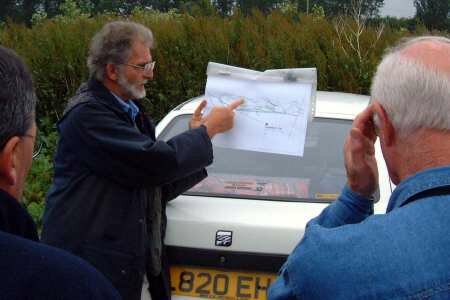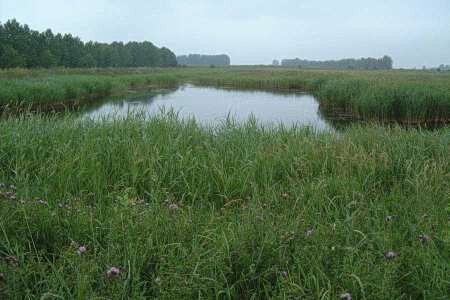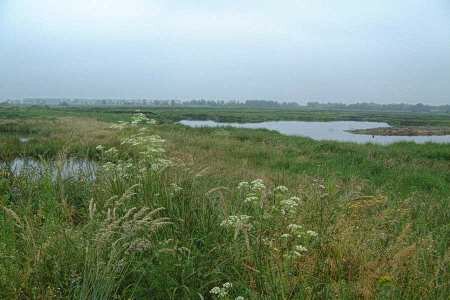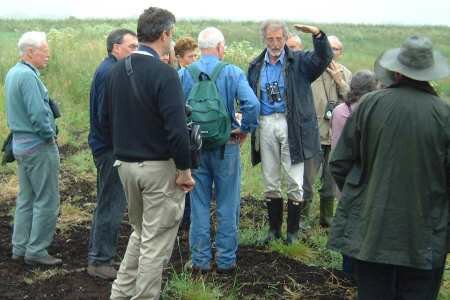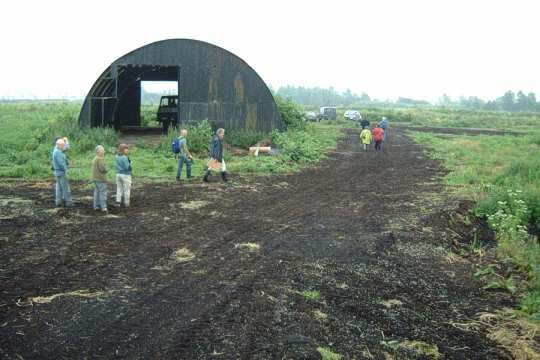Article and pictures by Stephen D Anderson The Southend on Sea Members Group has donated 5,700 in the last three years to the Lakenheath Fen reserve.? On 1 July 2000 the committee had an opportunity to visit the reserve and we were shown around by the warden, Norman Sills, and his assistant Ross. Lakenheath Fen is flat very flat.? Its previous call to fame has been the Golden Orioles that breed there every year in the old black poplar plantation, a remnant left behind by the Bryant & May match company that grew poplars there commercially.? Golden Oriole only breed in black poplars, and then only in young trees, meaning that their habitat is somewhat specialised. Before Bryant and May, several hundreds of years ago, the Lakenheath area was a peat marsh as was all the surrounding area.? Drained to create arable and grazing land the marsh long disappeared.? Recently carrot and barley fields, Lakenheath Fen sits alongside the Little Ouse river - and Normans plan is to let that water back into the fen. One might be excused for thinking that this is a small ambition, but it requires a significant engineering effort.? Banks need to be built to hold the water, which will be at a level higher than the surrounding farmland.? 4 Km of safety dams need to be built behind the water retaining banks.? Drainage ditches are needed to hold the seepage water (which will be re-circulated back into the reserve).?? Norman is digging tens of kilometres of water channels, lakes etc, and has organised volunteers to plant many more kilometres of reed bed.? Norman also intends to plant a new poplar plantation (for the Golden Oriole), a car park, hides and 10 km of footpaths (for visitors). Norman began at Lakenheath in 1996 and intends to work on the site for another 10 years by which time we all hope he achieves his ambition to see Bittern on the site. Already the newly excavated land and the new reed beds are attracting Reed Warbler, Sedge Warbler, Whitethroat and Marsh Harrier.? But the big moment will come when all the water retaining banks are complete, the drainage ditches dug and Norman can open the sluice to let in up to another metre of water and the Bittern returns.
|
Page last updated:
Web Design Graham Mee. ? Copyright of all pages South East Essex RSPB Local Group. All images copyright of owners
The Royal Society for the Protection of Birds. Registered charity no 207076


